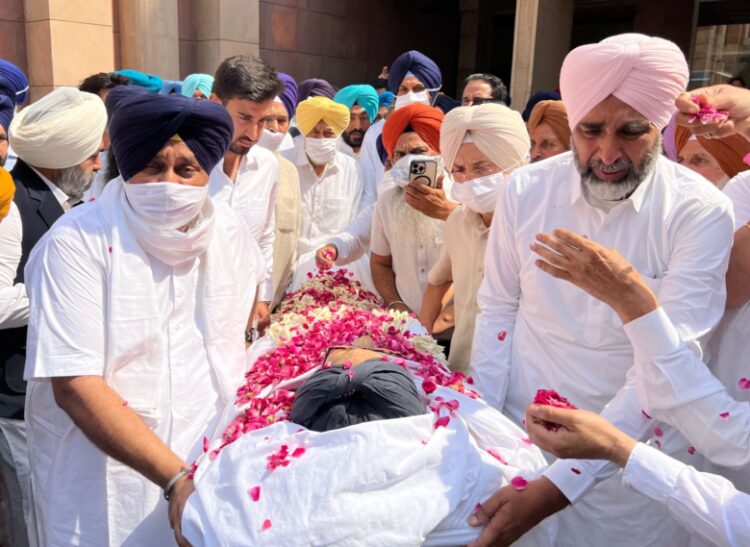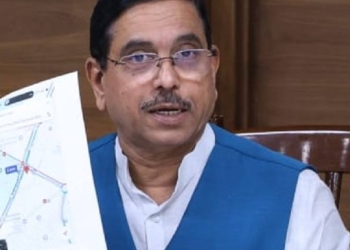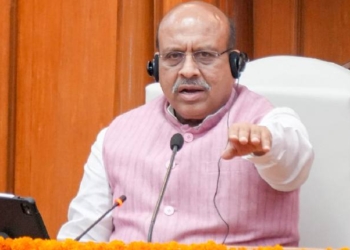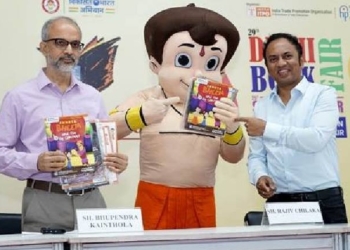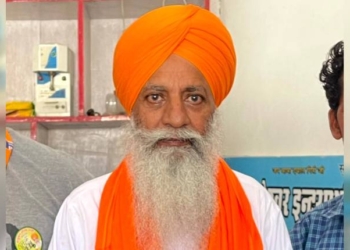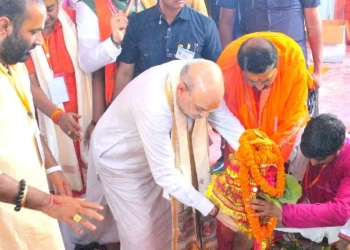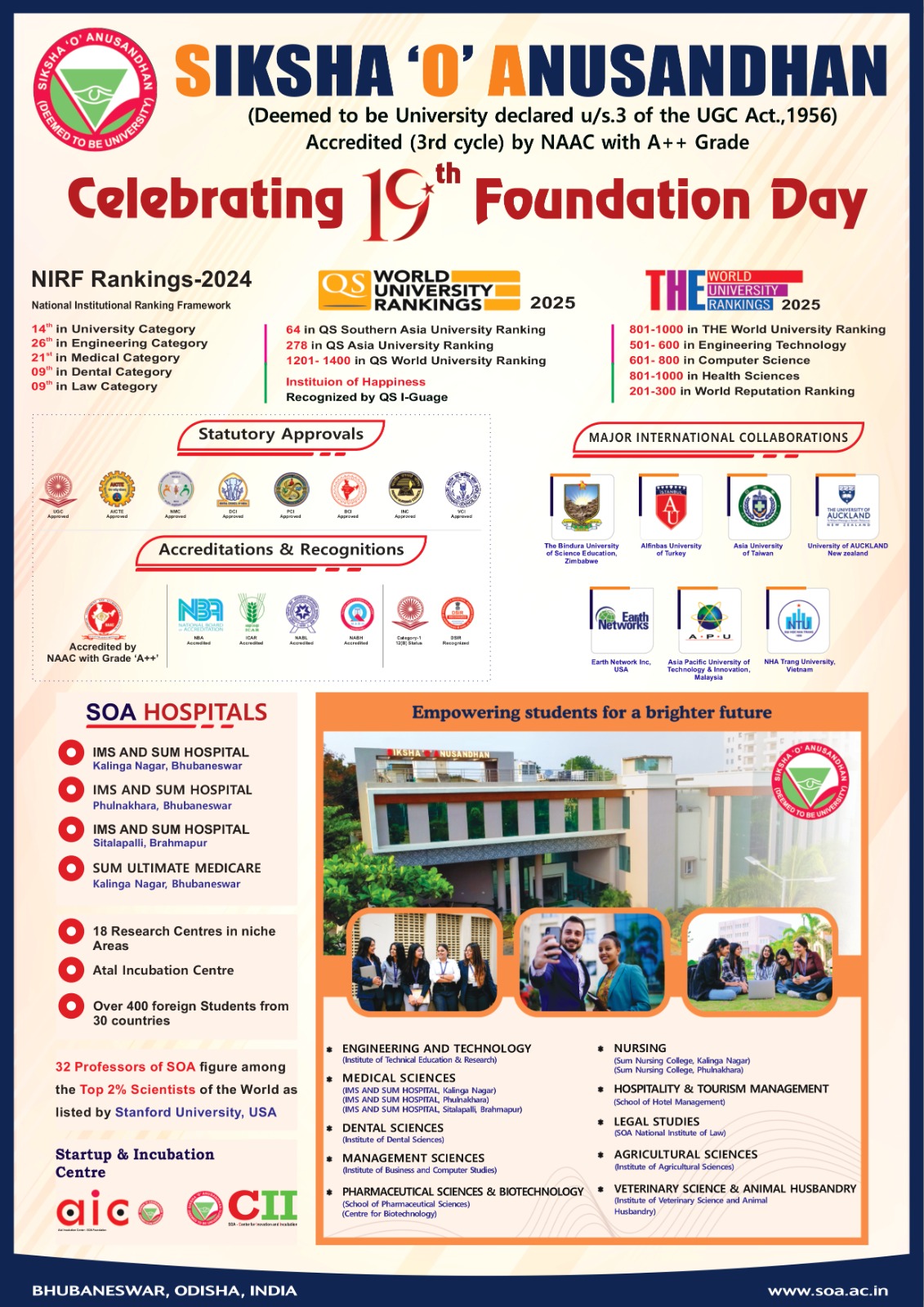Chandigarh: Unfazed by stray incidents of a shoe hurled at him or facing wrath of women groups for failing to act against drugs, Akali patriarch and five-time Punjab Chief Minister late Parkash Singh Badal (95), popular in the Indian politics as ‘colossal’ figure, will be remembered in Punjab for reaching out to the people, even in the villages on India-Pakistan border, through mass outreach campaign that he named ‘Sangat Darshan’.
Political observers told IANS that during his stints as the Chief Minister from 1997 to 2002 and then two successive stints from 2007 to 2017 Badal missed no opportunity to tour villages and towns to meet the people through Sangat Darshan programme, which were quite hit from 2012 to 2017, to boost his public image.
The elderly Badal believed that the Sangat Darshan programmes have also been instrumental in mitigating the woes of common people at their doorsteps.
“Badal saab was the people’s politician who understood the pulse of voters. His belief was that every politician must develop a one-on-one connect with his/her voters. So he preferred to visit villages to personally hear their grievances at their doorsteps and redress them spontaneously,” Harcharan Bains, the long-time adviser of the elderly Badal, told IANS on Wednesday.
Badal, the country’s oldest politician — next only to BJP veteran L.K. Advani — passed away on Tuesday evening at the age of 95 after a brief illness at a private hospital near here.
Throughout his political career, Badal, who had once compared Prime Minister Narendra Modi to former US President Abraham Lincoln, had always expressed “immense satisfaction and pride” over the strong and principled stand taken by his party, the Shiromani Akali Dal (SAD), “to save the beleaguered peasantry and the country”.
Remembering his political life, Bains said Badal saab throughout his life didn’t wear a wristwatch as he didn’t want to be limited by time.
“But he was very particular about the time. He always preferred to reach the venue — be it an official meeting or a party function or even a sangat darshan programme, for which he was very much attached throughout his political life — well ahead of time,” Bains said, adding that “this was the true quality of a statesman politician”.
Every morning the towering 6’2″ personality got up before dawn and started with people and called it a day with the public.
His belief was: “Respect the people and take them seriously, not only those who have voted for the government, but all the people.”
Remembering his seasoned and grounded style of working, veteran journalist Sarbjit Dhaliwal told IANS that before bed Badal saab would ensure that no visitor was left unattended.
“He has always tried to redress one’s grievance on the spot. Throughout his political career, spanning over seven decades, he was non-communal. He has always given his best for Punjab. He worked hard to ensure that there is unity between Hindus and Sikhs at times of tension,” Dhaliwal said.
Badal was once the youngest sarpanch of India. He became the legislator at 30 and the Chief Minister at 43.
The country’s oldest politician — next only to BJP veteran L.K. Advani — Badal wanted to be projected as a development-oriented Chief Minister, which his political adversaries believe was a well thought-out public relations exercise.
Officials told IANS that Badal was the chief architect of devising Sangat Darshan programmes to connect with people by visiting villages, holding meetings, listening to grievances and handing out cash for pre-approved projects.
He initially started holding Sangat Darshans in his stint from 1997 to 2002. In his third stint from 2012 to 2017 he made the Sangat Darshan programmes a mass movement.
Interestingly, in most of his Sangat Darshans, Badal used to sit on a ‘special chair’ that travelled with him.
Often Badal termed Sangat Darshans far from political hue. He believed they were the best way to redress the people’s grievances at a single platform and bridge a communication gap between the government and the masses.
“It is meant to solve and hear the various problems of the people,” he often explained.
For his popularity as a people’s politician, Badal often faced criticism from his adversaries.
Former two-time Chief Minister and now BJP leader Capt Amarinder Singh was often quoted as saying, “these Sangat Darshans are pet pastime of ageing Chief Minister Parkash Singh Badal”.
Ahead of the Assembly elections in 2017, the Congress, then in the Opposition, launched a campaign, named ‘Halke Vich Captain’, which is modelled on Badal’s Sangat Darshan programmes.
Political observers told IANS that whenever shrewd politician Badal started sensing “growing anti-incumbency against his government for non-performance, he speeded up Sangat Darshans to regain credibility”.
“He knew the art of political management,” remarked an observer.
Under the helm of senior Badal, the Shiromani Akali Dal made history in 1997 by becoming the first non-Congress party to complete its first full term in office since Independence. It repeated its feat in 2007 and 2012.
The Akali Dal-BJP (earlier Jana Sangh) pact was once described as the oldest and strongest alliance in Indian politics. No other coalition has weathered so many political battles since March 27, 1970, when Badal became the Chief Minister for the first time.
But the Akali Dal snapped its over two-decade long ties and pulled out of the National Democratic Alliance (NDA) in September 2020 after sharp differences emerged over the three controversial farm laws, now repealed.
SAD patriarch Badal, who before parting ways had always referred to Akali Dal-BJP ties as ‘nau-maas da rishta’ (nail-and-flesh ties), has jumped into the fray in the 2022 Assembly polls at the age of 94. He contested the polls unsuccessfully.
Badal’s party, which is just six years elder to him, came into being on December 14, 1920, to free gurdwaras from the control of mahants (priests) appointed by the British government.
The Akali Dal, which aligned with the Congress during the pre-Independence period, is toeing its ‘panthic’ ideology to safeguard the interests of Sikhs. It was set up a month after the formation of Shiromani Gurdwara Parbandhak Committee (SGPC).
(IANS)




